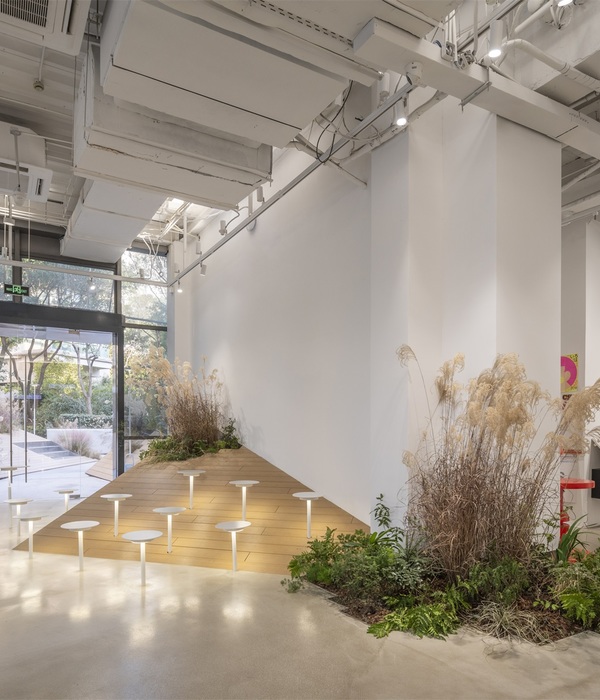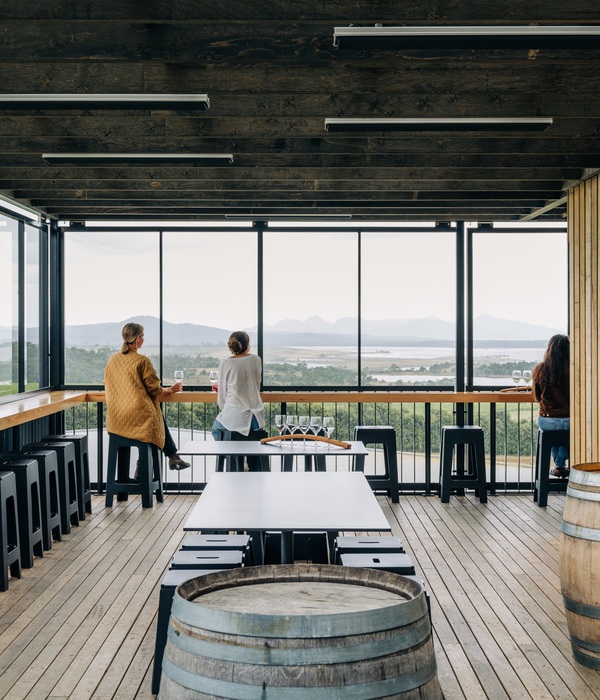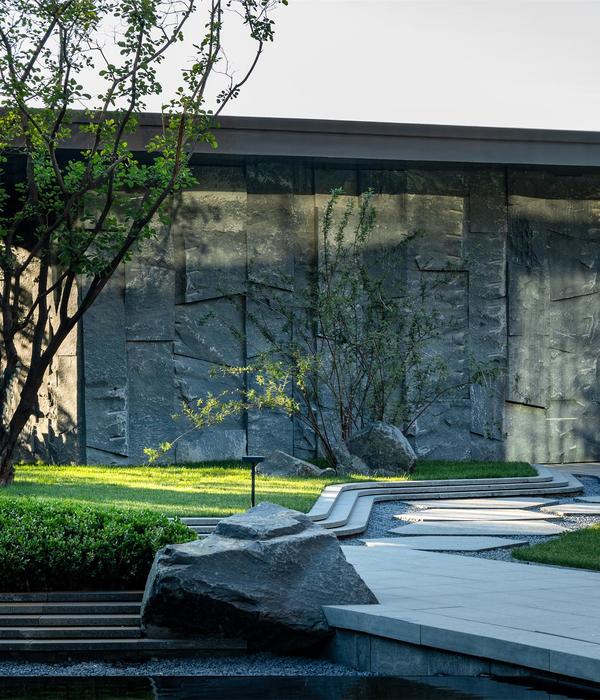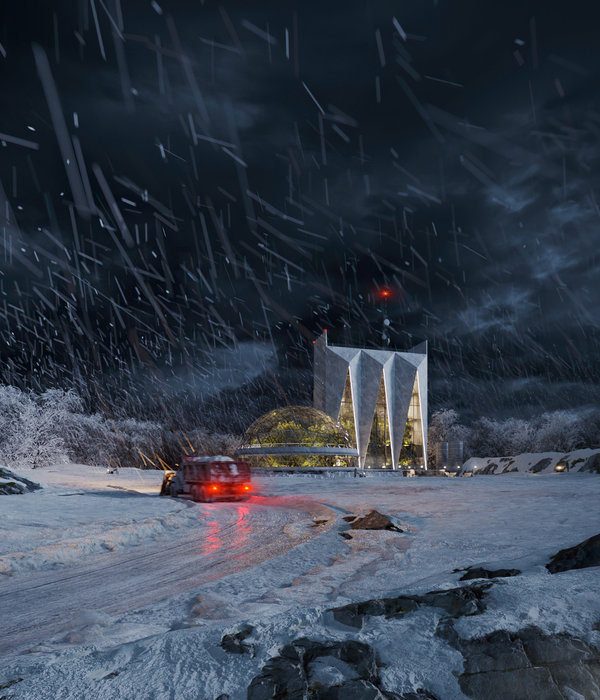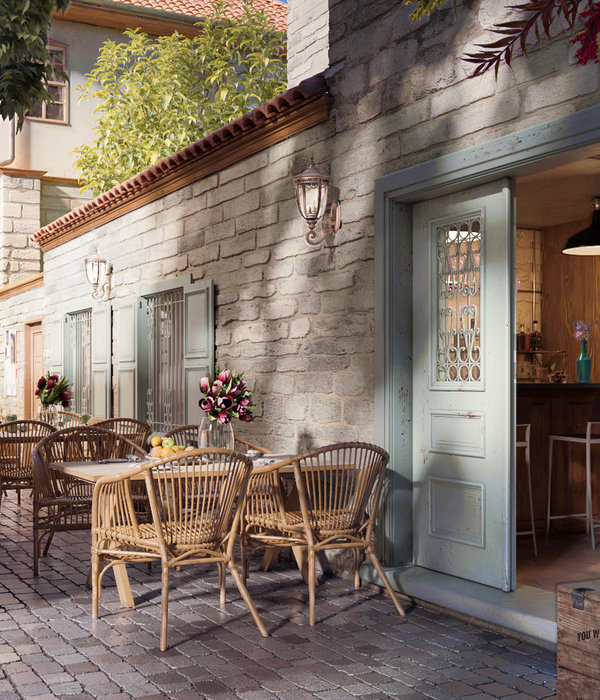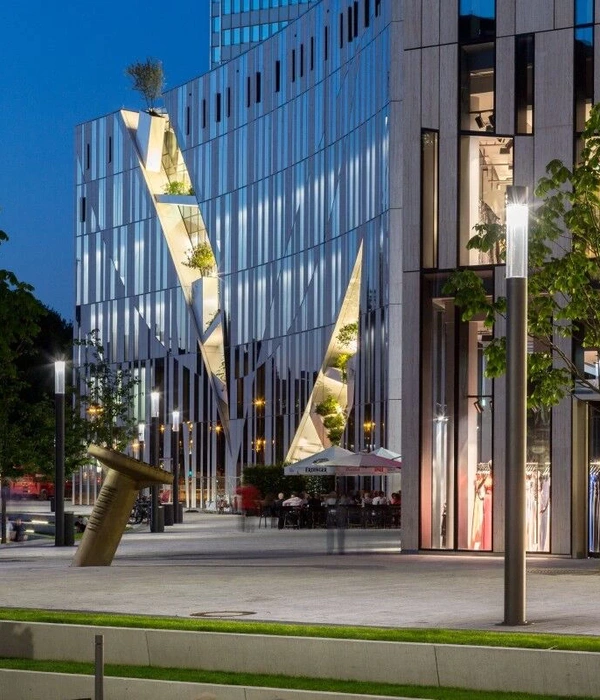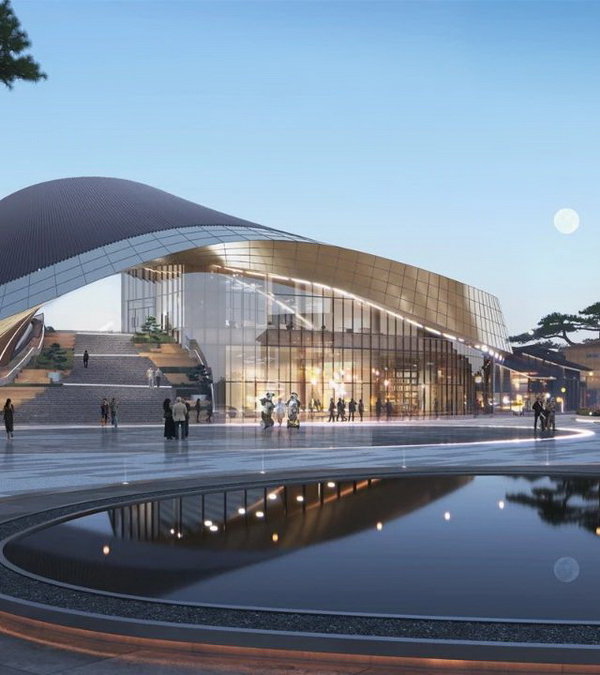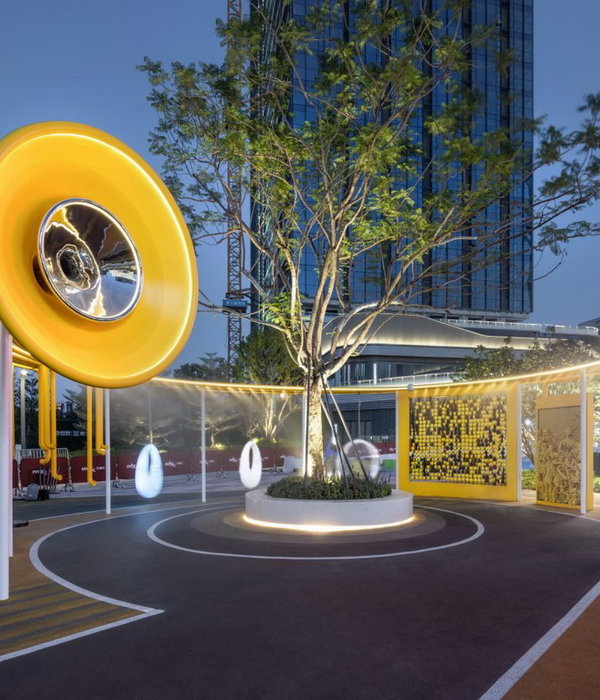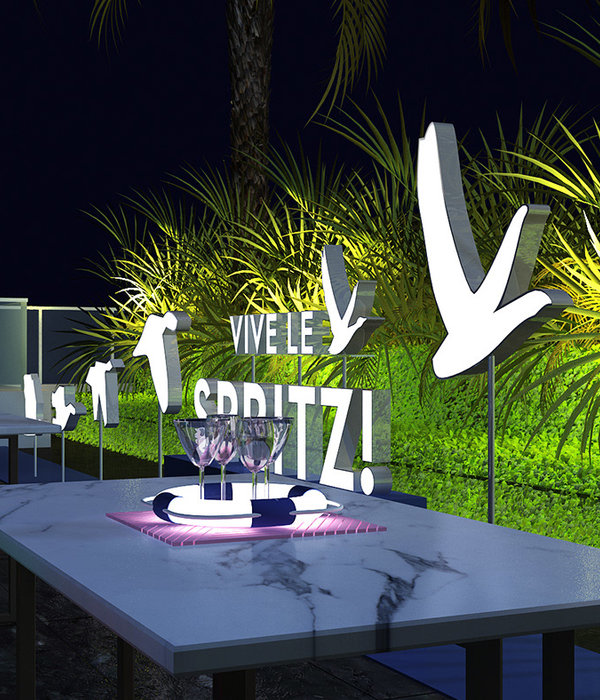Bruce Chatwin, In Patagonia, 1977
A bivouac at high altitude, a few metres from summit Dormillouse (2908 mslm) on the border between Italy and France, in the upper Valle di Susa.
The Matteo Corradini bivouac is a black opaque body set in the alpine landscape. An optical device stretching out towards the landscape, installed in but few days with a light and reversible building system. A Swiss pine wooden nest which gives life to a new 3000-metre-altitude venue.
The project was conceived by Paolo Corradini and his family, in loving memory of their son, Matteo, a passionate mountaineer.
In physics a black body is an ideal object that totally absorbs the energy, re-irradiating it in the surrounding environment. Leaning on a small pass beneath the last slopes near the summit, Bivacco Matteo Corradini is a dark prism with an hexagonal profile, nestled in the alpine landscape. A metal shell capable of protecting it from high altitude extreme weather conditions and absorbing the maximum solar radiation.
Materials and volumes have been designed in relation to the landscape: steep crests of dark rock from which grassy slopes and rocks develop, completely covered with snow in the winter season. A discreet interference that, like an inhabited land art work, defines unexpected points of view in the natural landscape.
Thanks to the external cladding material and its stratigraphy, the envelope guarantees high performance in terms of winter and summer insulation. The metal shell protects a small room made of Swiss pine, the wood used in the Alpine tradition to make cradles and bedroom coverings, due to its scent and its ease of processing.
The interior of the bivouac is composed of a system of wooden steps that develop on the two short sides of the building, around a central table. The six wooden steps, three on each side, become beds for the night while, during the day, they define a system of seats overhanging the slope of the mountain.
A cosy, welcoming, and convivial nest: a meeting place at 3000 meters above sea level, for the community of mountaineers.
The shape of the building has been modelled in favour of the surrounding landscape. Two large windows open on the short sides like telescopes or the bellow lens of optical benches. The two windows capture the landscape, looking northwards onto Val Thuras and framing the Ecrins massif to the south.
The volume rests on the ground for 1/4 of its lower surface so as to adapt to the slope, while limiting soil consumption. Reversibility and environmental sustainability are key points of the project: a light and low-impact installation.
The design responded to this objective by defining a process of wooden prefabrication that allowed the bivouac to be installed in a short time. The modules were built and pre-assembled in the workshop, then transported by helicopter and reassembled on the construction site. The optimisation of weights and shapes made assembly at high altitudes quick and easy and minimised helicopter transport.
The Matteo Corradini bivouac is at a few metres from Dormillouse summit, in the upper Valle di Susa, 2908 mslm. The peak of the Dormillouse is the highest point of the ridge that separates Val Thuras from Cervières Valley, in the Briançonnais area.
The bivouac is mainly for winter and spring: the Val Thuras is a privileged destination for ski mountaineering and the Dormillouse is one of the most popular destinations in the valley. The small pass, chosen as the site for installing the structure, is a panoramic and scenic point ideal for the construction of an emergency shelter that can accommodate the many ski mountaineers and offer support for hikers who, throughout the year, decide to reach the summit after a few hours of walking.
© Michele Versaci and Andrea Cassi
The construction of the bivouac was possible thanks to Paolo and Paola Corradini, with daughters Chiara and Giulia, in loving memory of Matteo.
Thanks are also due to the Municipality of Cesana Torinese.
Design by Andrea Cassi and Michele Versaci,
with Lorenza Bianco (cladding), Luca Giacosa (structures), Secondo Antonio Accotto (geologica report), Fabrizio Carosso and Luca Borello (Abitare – strutture e case in legno)
Execution:
Struttura lignea, casing and assembly: Abitare - wooden structures and houses (Massimo Carosso, Fabrizio Carosso, Luca Borello, Alessia Badellino, Marco Ansalone, Cristian Alexandru Mihai, Viorel Honceriu, Iosif Ionel Mutescu, Iacob Alin Stiorobelea, Andrea Soggia, Marco Soggia, Ciprian Marian Chirila, Tibius Hapaianu, Alessandro Lunardi, Andrea Garizio, Alessandro Sassi, Pier Giorgio Lunardi, Bruno Simone);
Foundations: Edilg (Giorgio Pourpour), Perfor (Fortunato Treve), Begni, Ricardo Ruiz;
Transport: E+S Air srl (Andrea Pellissier, Alessandro Pellissier, Armando Barell).
Monte Dormillouse, July 2019
{{item.text_origin}}

